
Autonomous robots are intelligent machines designed to perform tasks and make decisions independently, without direct human intervention. They use a combination of sensors, such as cameras, LiDAR, radar, and GPS, to perceive their environment, analyze real-time data through advanced algorithms, and respond or adapt accordingly. This enables them to navigate, avoid obstacles, and execute complex operations even in dynamic or unpredictable settings.
How autonomous robots differ from traditional robots:
| Feature | Autonomous Robots | Traditional Robots |
|---|---|---|
| Decision-making | Make independent, real-time decisions using AI and sensor data | Follow pre-programmed instructions; require human control |
| Adaptability | Adapt to new, dynamic environments and unexpected changes | Operate best in controlled, predictable settings |
| Human involvement | Minimal after initial setup; operate and problem-solve on their own | Require direct supervision or intervention |
| Core examples | Self-driving cars, warehouse robots, service drones | Industrial assembly arms, fixed automation systems |
Autonomous robots can sense, decide, and act on their own in real-world environments, whereas traditional robots are limited to repeating tasks or commands defined in advance by humans, often within strictly controlled conditions

Bridgit Mendler’s Northwood Space is pioneering mass-produced ground stations, enabling scalable, high-speed connectivity for the new era of satellite networks and megaconstellations.
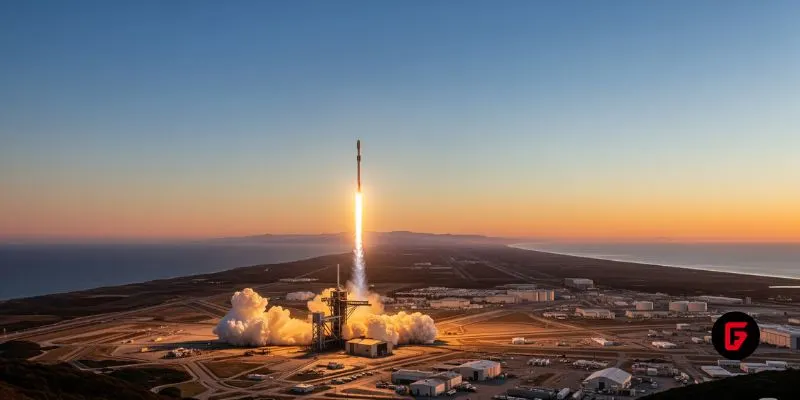
SpaceX aims to nearly double launches from Vandenberg in 2025, facing support from federal agencies but strong objections from the state and local communities.
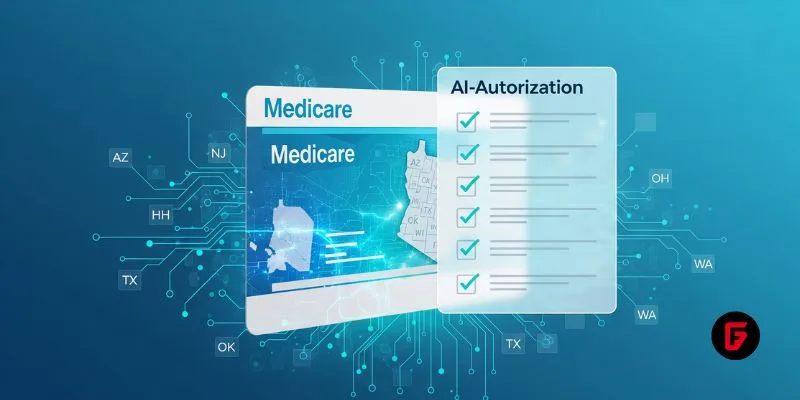
Traditional Medicare will pilot AI-assisted prior authorization in 2026 across six states, focusing on high-risk outpatient services. Clinicians retain final say, but incentives and access concerns loom as CMS tests fraud reduction and “gold card” exemptions. Here’s what providers and patients should know.
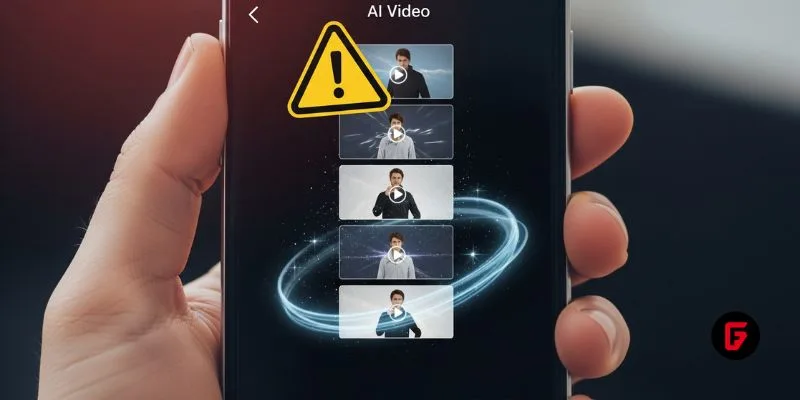
OpenArt’s new “one-click story” compresses scripting, visuals, and edits into ready-to-post short videos—fueling viral growth and a fresh IP debate. We break down how it works, adoption signals, what’s next (multi-character, mobile), and practical guardrails creators and brands should follow to stay original and compliant.
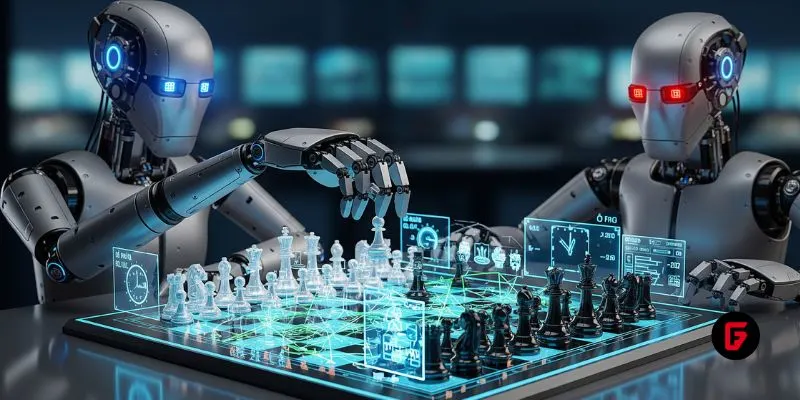
OpenAI’s o3 swept the Kaggle AI chess tournament, defeating xAI’s Grok 4–0. The victory fueled the intense rivalry between Altman and Musk, reshaping AI benchmarks.
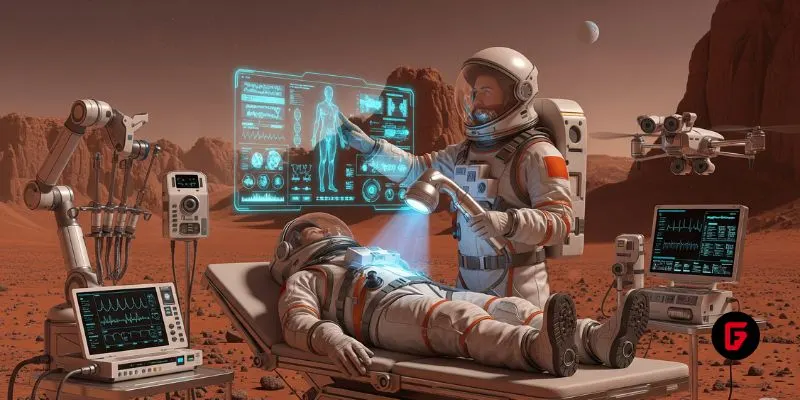
NASA and Google’s AI-powered Crew Medical Officer Digital Assistant enables autonomous diagnoses for astronauts on Mars missions, redefining remote healthcare for space and Earth.

Pinterest’s CEO confirms that fully agentic AI shopping is years away, as the platform invests in AI-powered tools to enhance discovery, inspiration, and personalized shopping experiences for millions.
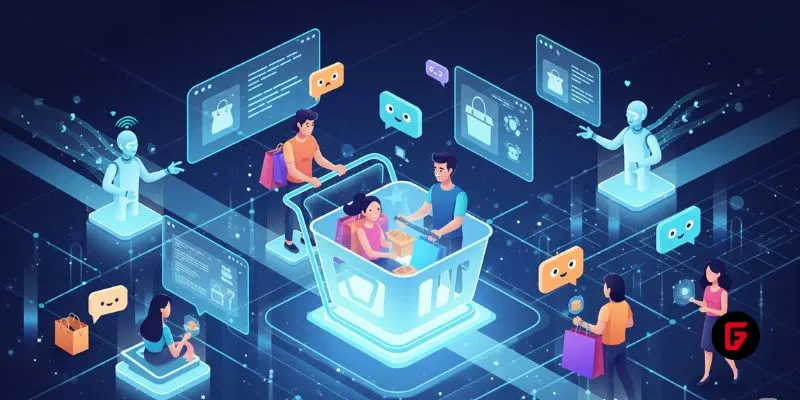
Shopify’s new AI shopping tools are transforming e-commerce, letting agents and chatbots deliver smooth, personalized shopping and checkout experiences across platforms. Learn how these innovations reshape online retail.

Meta has acquired WaveForms AI, a startup pioneering emotion-detecting voice technology. Learn what this means for Meta’s AI voice ambitions and the future of AI audio.

Tracelight is revolutionizing financial modelling for finance professionals with AI-powered Excel tools that automate complex tasks, reduce errors, and unlock new analysis capabilities. Learn how this next-gen solution changes the future of spreadsheets.
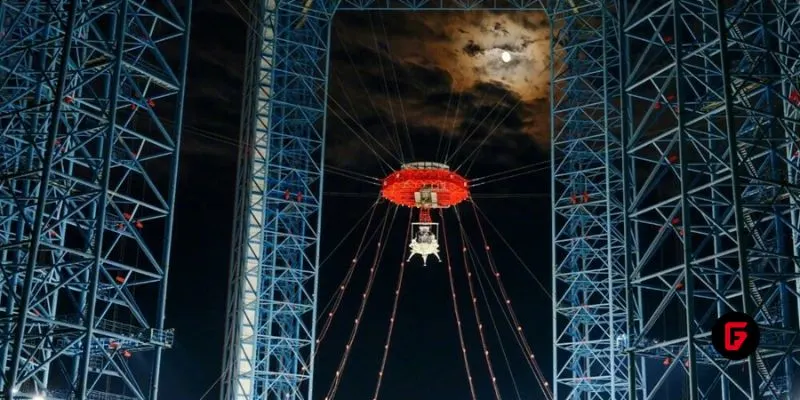
China’s Lanyue lander completed its first major test, showcasing advanced engineering for safe, crewed moon landings before 2030. Explore how this milestone shapes the space race.

Microsoft rolls out GPT-5 across its Copilot suite, integrating smarter AI for enterprise and personal users. Discover new features, free access, and what sets this launch apart.
To provide the best experiences, we use technologies like cookies to store and/or access device information. Consenting to these technologies will allow us to process data such as browsing behavior or unique IDs on this site. Thanks for visiting futureTEKnow.